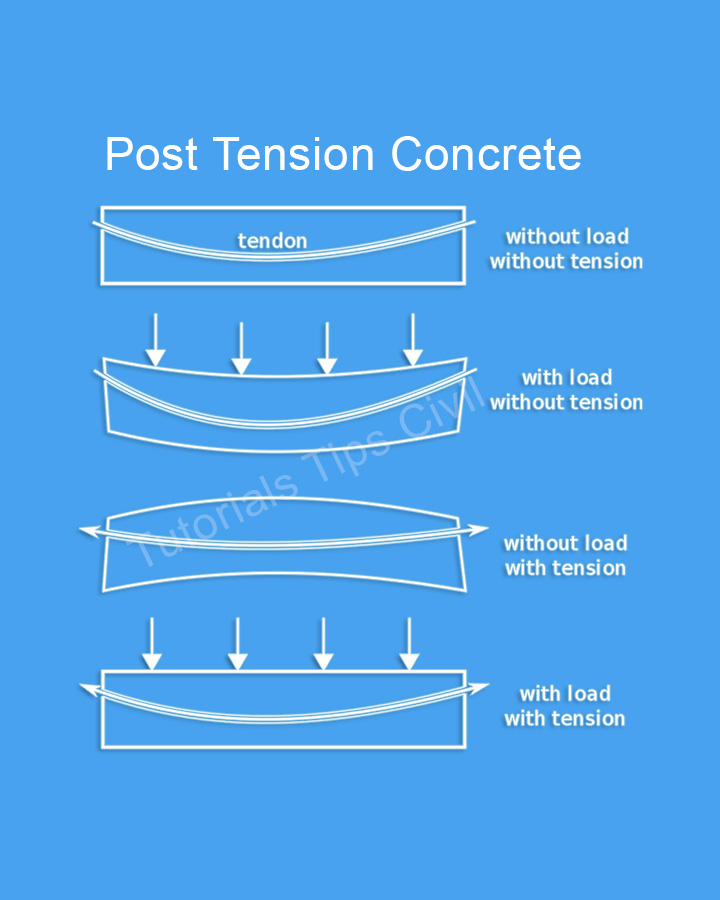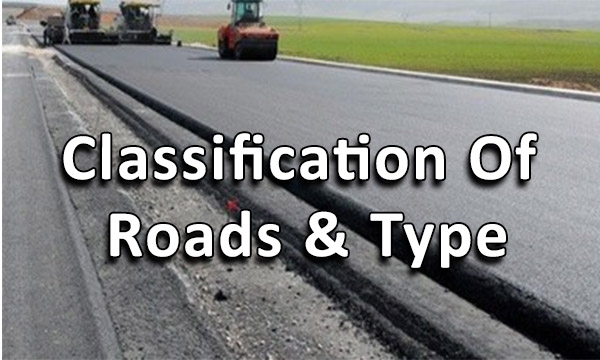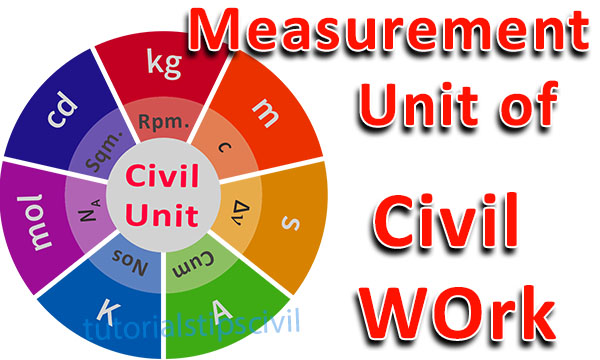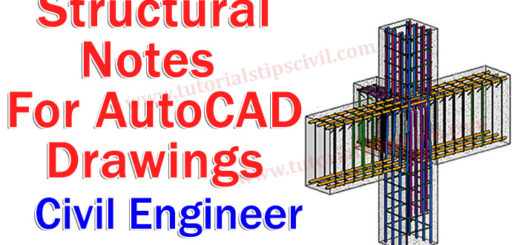What is Pre-Tensioned Concrete?
What is Prestressed Concrete?
The main purpose of introducing pre-tensioned concrete is to induce compressive stresses in a concrete member before the actual application of loads which will balance the tensile stresses applied in the member during construction.
The steel cables or tendons are stretched before the concrete is poured in Pre-tensioning. To create a prestressed element, High-strength steel tendons are used. These tendons are positioned between two supports and stretched to 70 to 80 percent of their ultimate strength and concrete is poured over and around these tendons. After the concrete has set and has reached its required strength, the elongating forces are released. Because the steel is elastic in nature, it tries to regain its original size which allows the tensile stresses to be converted into compressive stresses in the concrete.
 Advantages of Pre-tensioned concrete:
Advantages of Pre-tensioned concrete:
- Pre-stressed concrete helps engineers and architects to design structures with long spans and smaller cross-sections.
- It provides ultimate compressive strength to the structure,
- Steel being used in members are utilized to their fullest,
- There are no tension cracks which reduces corrosion of steel,
- Reduced shear stress,
- Composite members can be formed with these prestressed members.
Disadvantages of Pre-tensioned concrete:
- Skilled labour is required,
- High control and maintenance of the equipment,
- High-strength steel is more expensive,
- Complex safety measures required.









